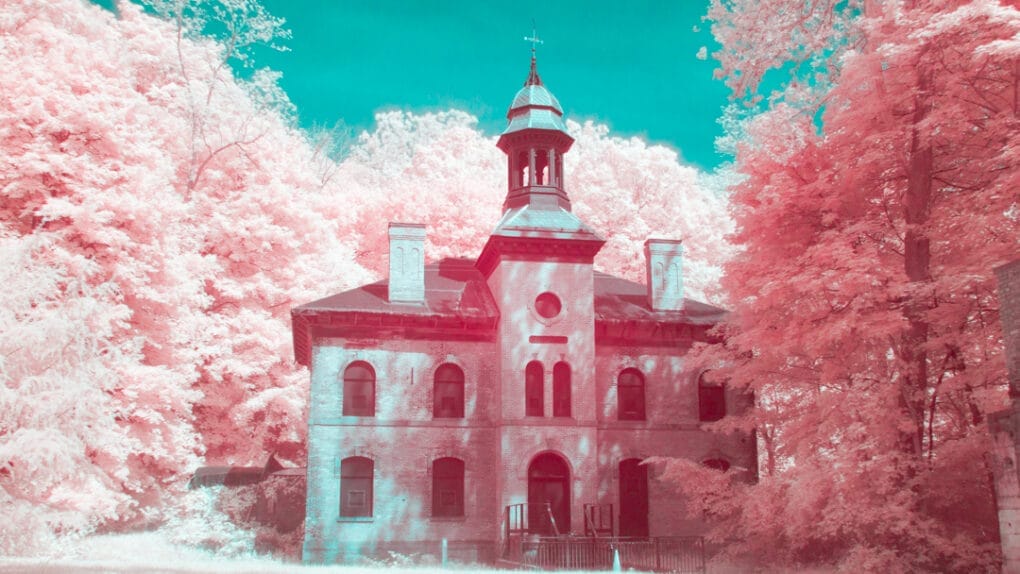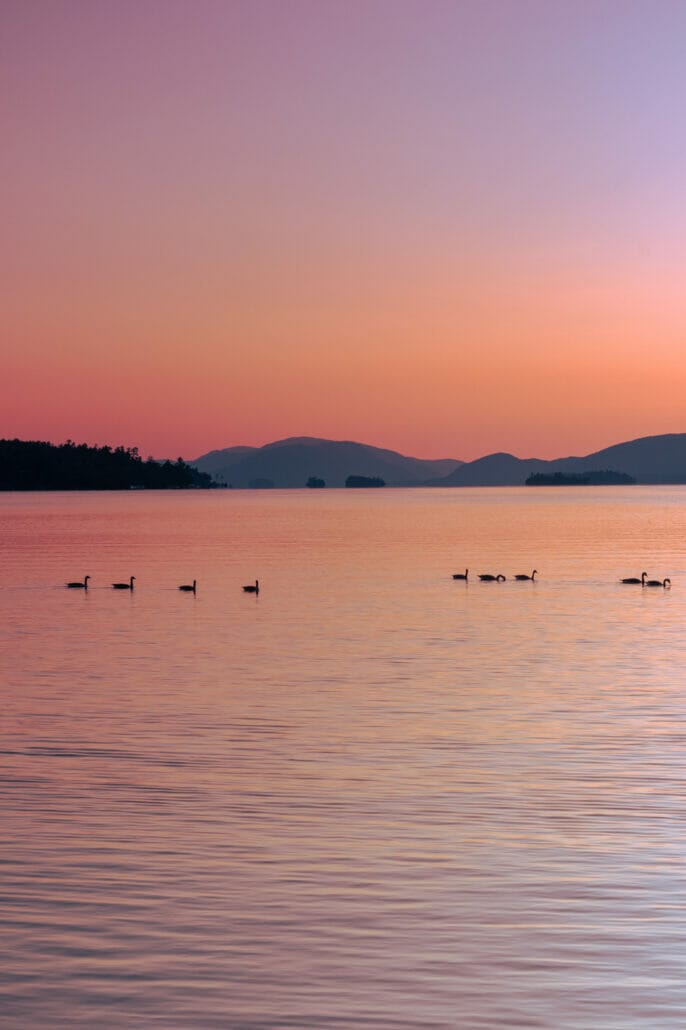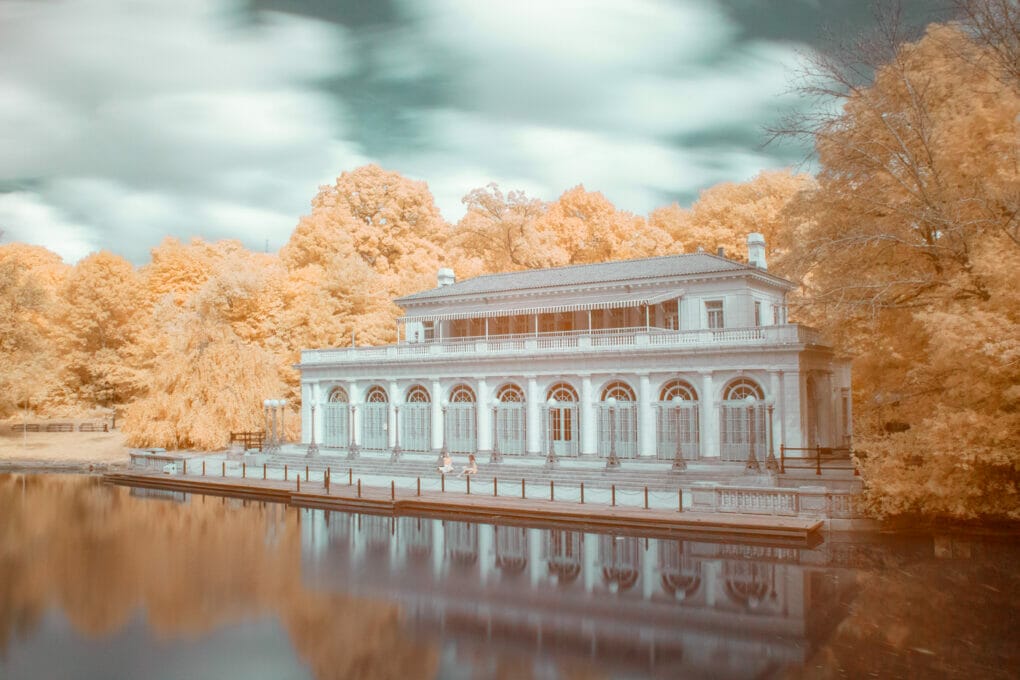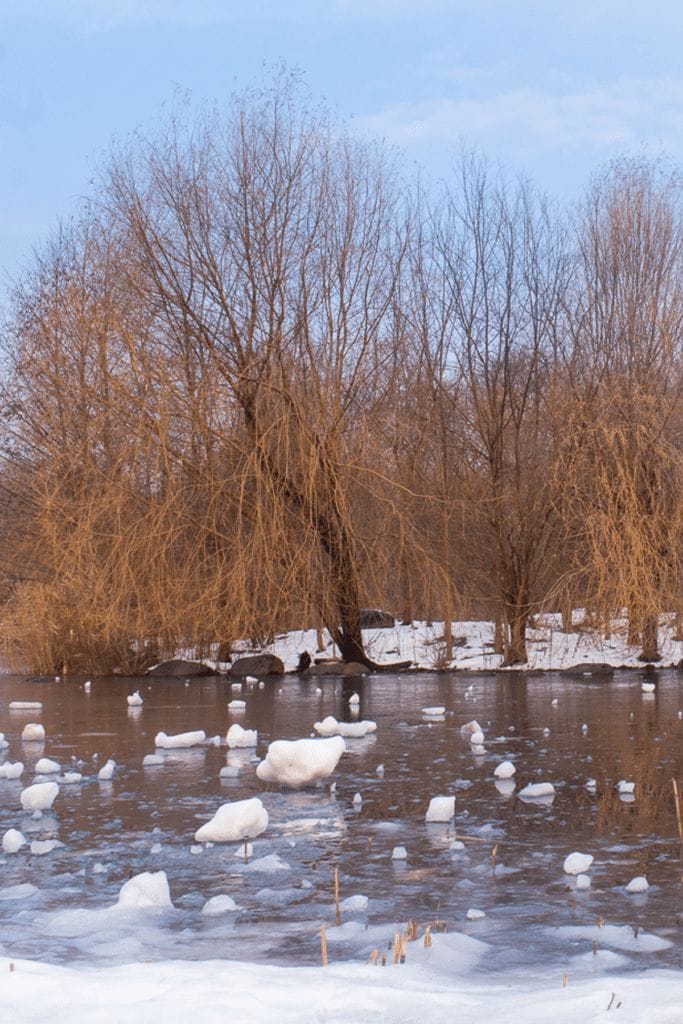
I have been dreaming of doing some winter hiking. Can you imagine how pretty this scene will be covered in snow?

Or this landscape?
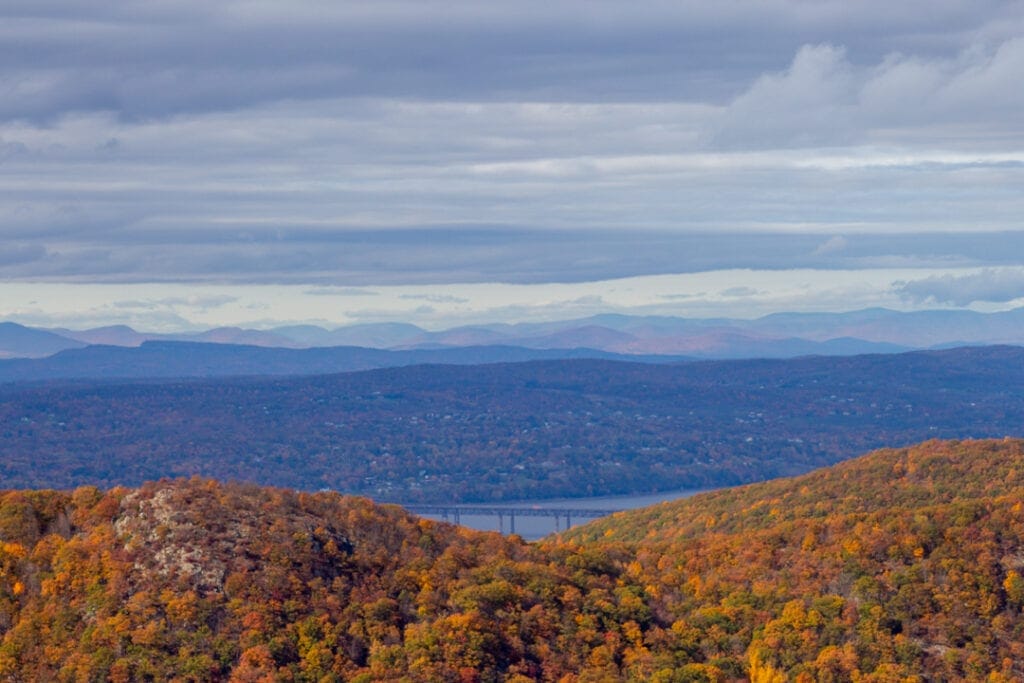
I’d been reading up on winter hiking clothes but I got a wake up call on a walking trip through the park. Because I can’t go to my usual spot for hiking, I’ve been staying in shape, and getting some photos, by taking sunrise walking trips in my park.
One morning, I wore my Under Armor shirt, my regular hiking trainers, some exercise pants and a ZeroXposur lightweight jacket. That’s usually all I need. That day, I should’ve added an extra layer to my legs. And, my socks weren’t nearly thick enough. My bottom half was frozen by the time I got home. On top of that, my fingers went numb whenever I tried to take a photo. I didn’t stay out long. When I got home, I jumped on Amazon and searched through my drawers for some cold weather hiking clothes.
My dream is to hike the Hudson Valley during or after snowfall to get nice winter landscape pics. Hopefully, becasue of the cold weather, the trail and trains won’t be as crowd.
Usually during Brooklyn snow storms, I’ll walk around my neighborhood to take photos. It’s a miracle nothing happened because I was never dressed right. My toes would be frozen to the point that I’d start worrying. I’d get some good shots though.

Even if you don’t plan on hiking mountains in the snow, these tips will be useful for you. If you want to take beautiful snowy pics, you have to dress the part. Here are some things I’m learning about hiking in colder temperatures. I got most of this information from The Backpacker’s Field Manual.
Do the Best You Can
If you’re like me, you may be struggling financially during this pandemic. Don’t go broke trying to buy everything. Like most things, good hiking clothes can cost well over $50. Do the best you can. There’s nothing wrong with going cheap for now.
Avoid Cotton
You sweat when you hike. No matter the weather. Cotton is bad for hikers because it absorbs and retains water. It takes forever to dry. This wouldn’t be a huge problem during the summer. But, when it’s 20 degrees outside, the last thing you want is to hike in a sweaty shirt.
“Once wet, cotton loses heat 25 times faster than dry clothing. Wet clothing can be a significant factor in hypothermia.”
The Backpacker’s Field Manual
No Jeans
On that note, avoid wearing jeans when hiking or taking long walks in the snow. Because, again, jean take forever to dry when wet. You don’t want to be out in cold weather wearing wet clothes. Jeans also don’t keep you warm. Whenever I wore jeans to photograph the snowy landscape, I made sure to put on tights underneath.
Dress in Layers
If you’re going to be out in the cold for long periods, you need a way to control your body temperature. If you’re walking a lot, especially uphill, you’ll get warm. With layers, it’s easy to take something off when needed.
I got an Under Amor shirt as a gift years ago and I love it. That thing is magic. But I need bottoms, I found ViCherub’s Women’s Thermal Underwear set on Amazon for a fairly cheap price. You get two of them. I haven’t had a chance to try them out yet. I’m not familiar with the brand. But, the reviews are good.
What Kind of Fabric Can You Wear?
Fleece and wool. Down is okay though, similar to cotton, it takes a long time to dry when you’re out in the storm. Polyester is great for your base layer.
Ideally, you’d go to your local outdoor shop or REI and get advice from the people there. But, given we’re in a pandemic that’s getting worse, I don’t want to go to the grocery store let alone a clothing store. Books, YouTube and blogs are your friends.
Test Your Clothes
If you can, before venturing into the snow to take your landscape photos, test your winter hiking clothes. Maybe take a walk around your neighborhood or local park. I bought a pair of EnerWear Women’s Merino Wool Sock. I’ve been wearing them on my morning walks to see how they work. So far, so good.


